Drivers of market orientation among farm households in Nigeria
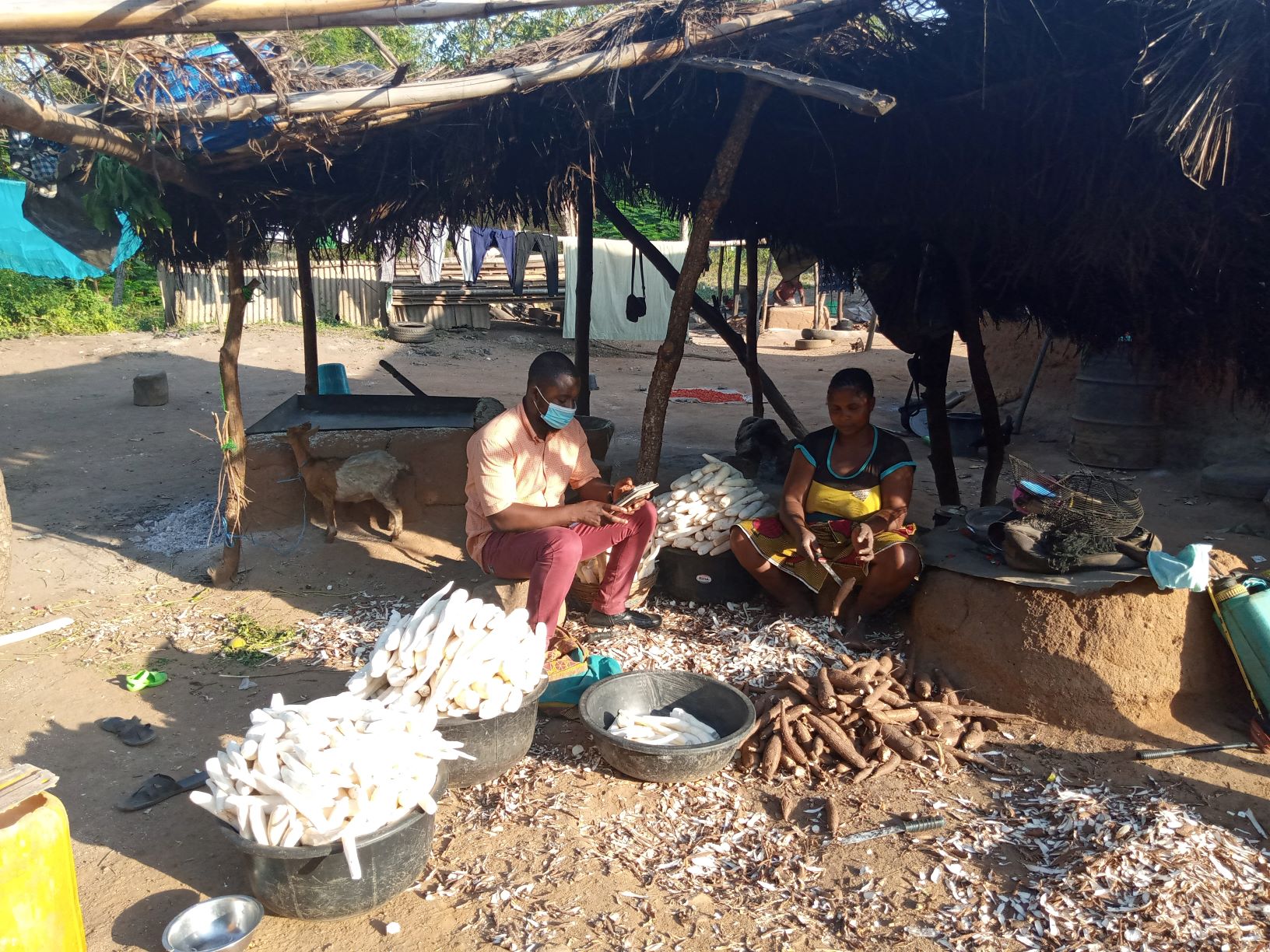
APRA academics Adebayo Aromolaran, Milu Muyanga and Thomas Jayne summarise their latest working paper to look the drivers of market-orientated land use decisions among farm households in Nigeria, with particular focus on Ogun and Kaduna states. The authors then suggest possible government interventions in order to increase access to input and output markets.
This blog is based on APRA Working Paper 46. Access it, for free, here.
Written by Adebayo Aromolaran, Milu Muyanga and Thomas Jayne
Introduction
Agricultural commercialisation is a process that involves the transformation of agriculture from subsistence to market-oriented production. The process is characterised by increased engagement of farmers with farm inputs and outputs markets. In recent times, the Nigerian Government has devised strategies aimed at accelerating smallholder transformation for enhanced food security, employment creation and poverty reduction. However, despite these efforts, the process of agricultural commercialisation in Nigeria has not progressed as fast as expected.
Aromolaran et al (2020)[1] recently concluded a study that sought to identify factors that constrain agricultural commercialisation and possible policy levers that could be used to enhance the commercialisation process in Nigeria. The study adopted the concept of market orientation as a measure of agricultural commercialisation among farm households. Market orientation is measured by an index called the market orientation index (MOI). The index not only considers household’s output market participation – like the household crop commercialisation index (HCCI), but also takes into consideration the share of total farmland a household allocates to crops grown for sale. The HCCI is defined as the proportion of total production of a crop that is sold in the market.
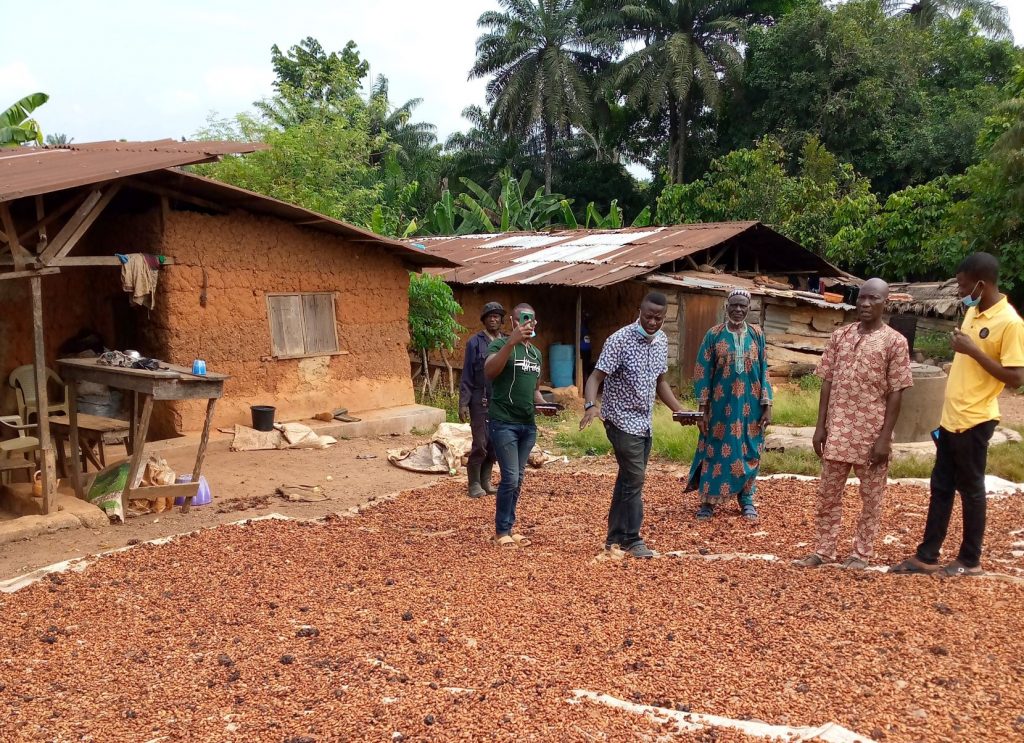
The study first estimates the levels of farm households’ crop commercialisation using the CCI. A crop is categorised as ‘food crop’ if its CCI is below 0.75. Such a crop is considered as produced primarily for household consumption. A crop with a CCI of 0.75 and above is classified as commercial, cash, or market-oriented crop. Second, MOI were computed by farm types (small and medium-scale) to find if commercialisation varies by scale of production. MOI ranges between 0 to 1, where the higher the MOI, the more market oriented or commercialised the household is. Third, econometric methods were used to determine the drivers of farm households market orientation levels. The study used primary data collected from a survey of over 2000 small and medium-scale farms in Ogun and Kaduna States of Nigeria.
Main study findings
Crop commercialisation levels among farm households: The results show that the degree of crop commercialisation varies by crop types and scale of production. Most cereal and pulse crops such as maize, sorghum, rice, millet, soya beans, and cowpeas are grown for household consumption among small- and medium-scale farms. Conversely, most tree/permanent crops, starch/sugars crops, vegetable crops, arable fruits, and spices/condiments are grown for commercial purposes.
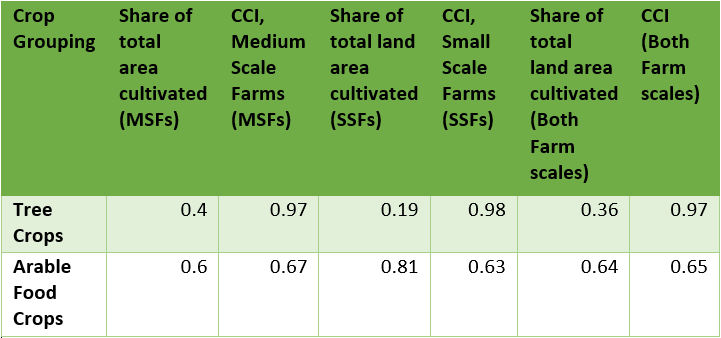
Market orientation status of farm households: The study finds MOI does not vary by farm scale of production. The MOI for both small and medium-scale was 0.77. That is, farm households on average, irrespective of scale of operation allocate about 77 percent of their crop farmland to the cultivation of crops grown for sale. When the MOI is computed by state, farm households in Ogun State are found to be substantially more market-oriented than their counterparts in Kaduna State. Specifically, MOI for farm households in Ogun and Kaduna States was estimated at about 0.90 0.65, respectively.
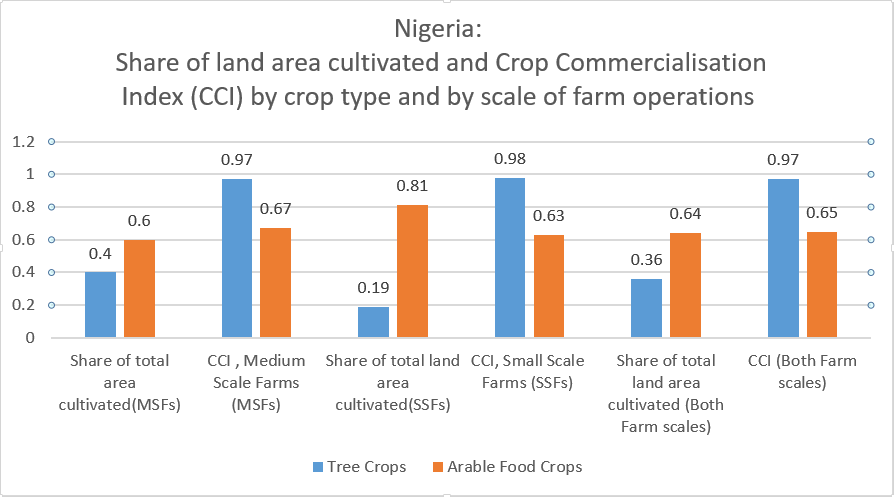
Drivers of farm household market orientation status: The study reveals that farm size, land market access, access to extension service, access to all-weather roads, access to established market place tend to exert significant positive influence on households’ market orientation. Farm households that operate relatively larger farms tend to allocate a larger proportion of their farmland to production of crops for sale. The study finds that medium-scale farms with access to land markets allocate 2.5 percent more of their farmland to crops produced for sale compared to those with limited access to land markets. Medium-scale farms with access to extension services tend to allocate about 2.9 per cent more farmland to cash crops compared to those without access to extension services. The study finds that access to all-weather roads and established marketplaces increase market orientation for both small- and medium-scale farm households. In Ogun State, the findings show that medium-scale farms with access to agro-dealers are more market oriented. Access to labour markets also determine crop commercialisation levels in medium-scale farms. Medium-scale farms who only use family labour tend to allocate less land to crops meant for sale compared with those with access to hired labour.
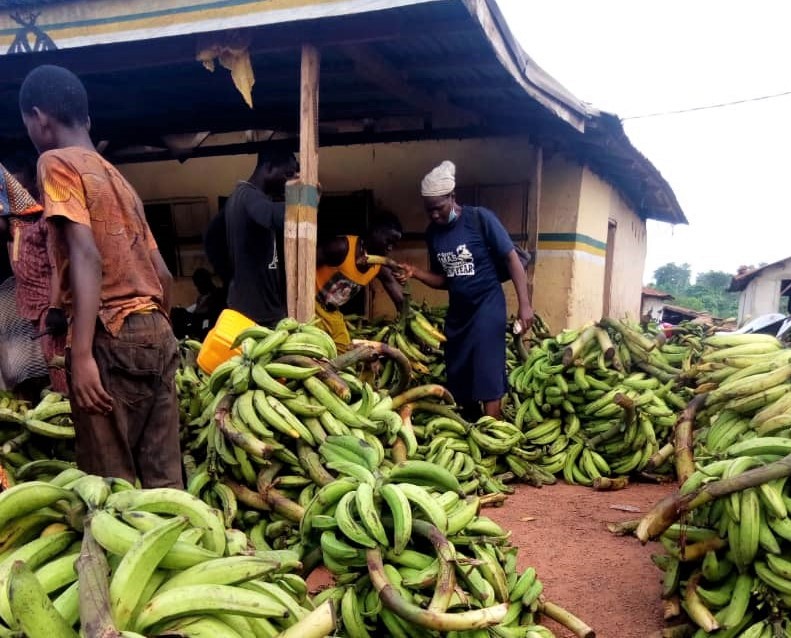
Conclusions and policy thrusts
The study provides evidence indicating that agricultural commercialisation could be enhanced by policies that encourage the growth of medium-scale farms, improved access to land markets, increased efficiency of labour markets, increased access to farm inputs and outputs markets, improved agricultural extension services, and road infrastructure.
Even though the Nigerian government has made efforts in the past decade to create funding interventions that support increased access to input and output markets, more work still needs to be done. Intervention programs that are still in operation or needs to be revived include:
- General Enhancement Program (GES) – initiated in 2011 and under proposal for rebranding as Agricultural Input ad Mechanisation Services (AIMS);
- Anchor Borrower’s Program (ABP) launched in 2015;
- National Agricultural Land Development Authority (NALDA), re-introduced in 2020 and ;
- River Basin Development Authorities (RBDA).
It is important that these efforts be intensified, in light of the findings of this study.
In addition, interventions aimed at improving rural infrastructure, such as all-weather roads connecting farms to agro-service centres and market places, are also key. The government may also need to drastically improve on the current low ratio of agricultural extension agents to farmers by initiating intervention programs that will promote the growth of private extension agencies, in addition to reviving the currently poorly funded and ineffective public extension system.
[1]Aromolaran, A.B, Muyanga Milu, Jayne Thomas, Obayelu A. E., Awokuse Titus, Ogunsola O. O. and Issa F.O. (2020), “Drivers of Market-oriented Land Use Decisions among Farm Households in Nigeria”. Agricultural Policy Research in Africa (APRA) Working Paper 46. https://bit.ly/APRA_WP46
Feature photo: Cassava peeling during processing to Gari in Abeokuta suburb, Ogun State Nigeria. Credit: Anas Umar
Please note: During this time of uncertainty caused by the COVID19 pandemic, as for many at this time, some of our APRA work may well be affected but we aim to continue to post regular blogs and news updates on agricultural policy and research.
